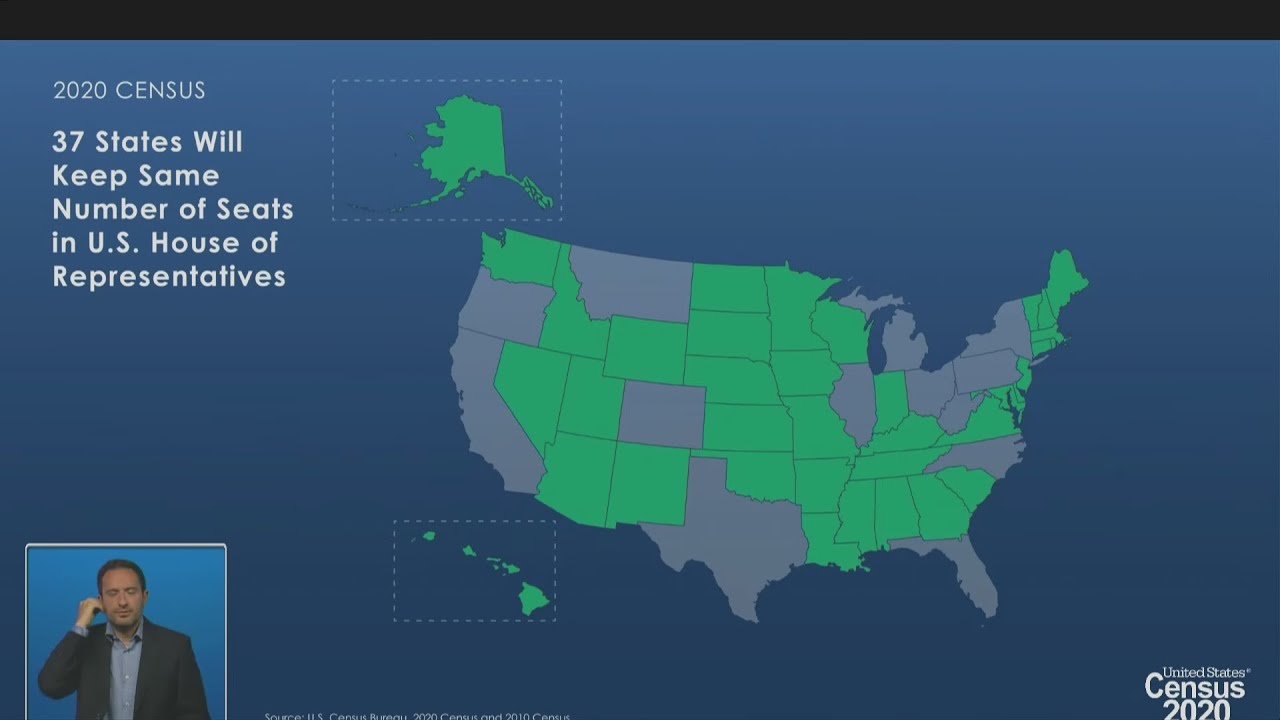What is Rhode Island’s population?
Rhode Island, the smallest state in the United States, has a population of approximately 1.06 million people. Despite its small size, Rhode Island is densely populated, with a population density of over 1,000 people per square mile. This is significantly higher than the national average population density of around 90 people per square mile.
How is the population of Rhode Island determined?
The population of Rhode Island is determined through a comprehensive process known as the decennial census. The United States Census Bureau conducts this nationwide survey every ten years to count every individual living in the country. The census collects information on the age, sex, race, ethnicity, and other demographic characteristics of the population. It also includes questions regarding housing units and occupancy.
Where can the latest population count be found?
The latest population count for Rhode Island, as well as for any state in the United States, can be found on the website of the United States Census Bureau. The bureau provides detailed data tables, reports, and interactive tools to access population counts, demographic information, and other statistics. These resources allow researchers, policymakers, and the general public to explore and analyze population trends and characteristics at various geographic levels.
Who conducts the population count in Rhode Island?
The population count in Rhode Island is conducted by the United States Census Bureau, which is a federal government agency. The Census Bureau is responsible for planning, executing, and analyzing the decennial census, as well as other surveys and data collection efforts related to population and demographics. The bureau ensures the accuracy and confidentiality of the data collected to provide reliable and unbiased information.
When is the population count of Rhode Island updated?
The population count of Rhode Island is updated every ten years, coinciding with the decennial census. The most recent census was conducted in 2020, and the population count was updated accordingly. However, it is important to note that smaller updates to population estimates may occur between the decennial censuses. These estimates are based on statistical models and administrative data to account for population changes due to births, deaths, migration, and other factors.
Why is it important to know Rhode Island’s population count?
Knowing Rhode Island’s population count is crucial for various reasons. First, it provides a basis for understanding the state’s social, economic, and political dynamics. Population data helps in resource allocation, policy planning, and decision-making processes. It also facilitates the provision of public services, such as healthcare, education, transportation, and infrastructure development, that are tailored to the needs of the population. Furthermore, population count data is essential for researchers, businesses, and organizations to analyze trends, identify opportunities, and address challenges in Rhode Island.
What factors influence the population count of Rhode Island?
Several factors influence the population count of Rhode Island. Birth rates, death rates, migration patterns, and changes in the overall economy are key drivers of population change. Higher birth rates contribute to population growth, while lower birth rates and higher death rates can result in population decline. Additionally, migration plays a significant role, with people moving into or out of the state affecting population numbers. Economic factors, such as job opportunities and quality of life, also influence migration patterns and, consequently, the population count.
How has the population of Rhode Island changed over time?
Over time, the population of Rhode Island has experienced both growth and decline. In the early 20th century, Rhode Island witnessed significant population growth due to industrialization and immigration. However, since the mid-20th century, the state has experienced slower population growth rates. In recent years, population growth has been relatively stagnant, with minor increases and decreases. These changes reflect the interplay of various demographic and economic factors, as well as national and regional trends.
What are the implications of Rhode Island’s population count?
Rhode Island’s population count has several implications for the state and its residents. A larger population can place greater demands on infrastructure, leading to challenges in areas such as transportation, housing, and healthcare services. It may also impact the demand for jobs and the overall labor market. Additionally, population size and composition influence political representation, as the number of congressional seats and electoral votes are determined based on population counts. Understanding the population count is crucial for policymakers and stakeholders to address these implications effectively.
What is the current size of Rhode Island’s population?
As of the most recent census conducted in 2020, the estimated population of Rhode Island is approximately 1.06 million people. While this number may seem small compared to other states, it is important to consider Rhode Island’s compact geographical size. The high population density makes Rhode Island one of the most densely populated states in the country.
How does Rhode Island’s population compare to other states?
Rhode Island’s population is significantly smaller compared to most other states. In terms of population rank, Rhode Island is the 43rd most populous state out of the 50 states in the United States. However, when considering population density, Rhode Island stands out, ranking as the second most densely populated state, surpassed only by New Jersey. The small size of the state and its urbanized areas contribute to this high population density.
What projections are made for Rhode Island’s population in the future?
Projections for Rhode Island’s population in the future indicate a slow and steady growth pattern. Based on estimates from the United States Census Bureau, the population is expected to continue increasing, albeit at a slower pace compared to other states. These projections take into account factors such as birth rates, death rates, and migration patterns. However, it is important to note that projections are subject to change based on various demographic, economic, and policy factors that may influence population trends.





